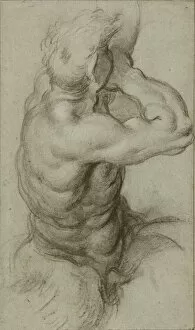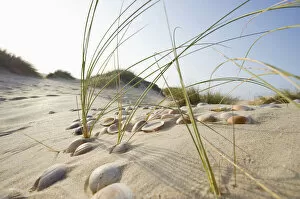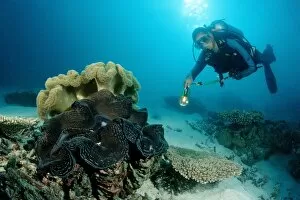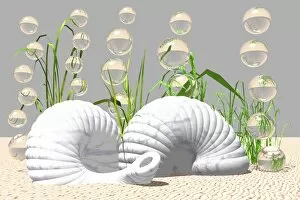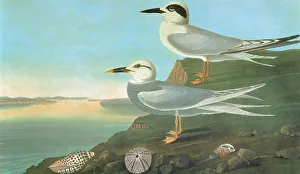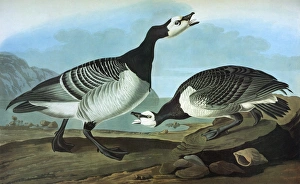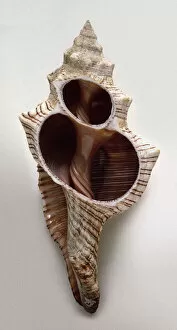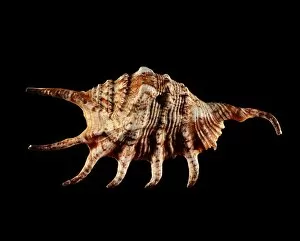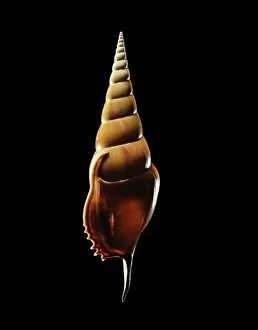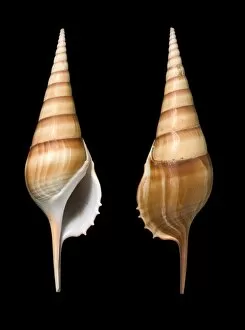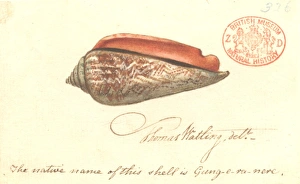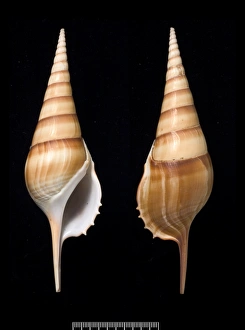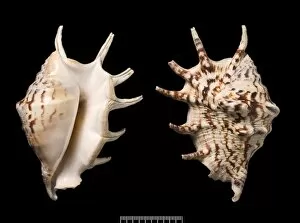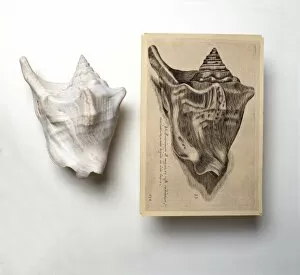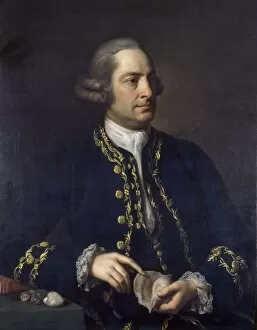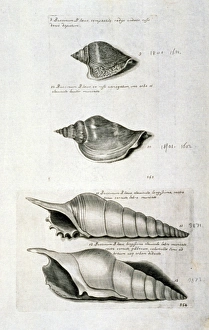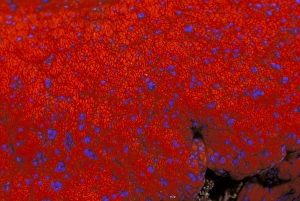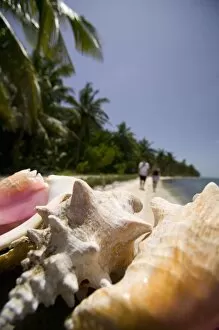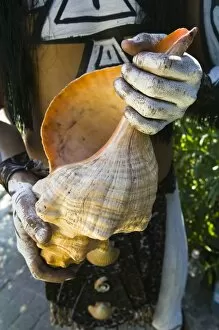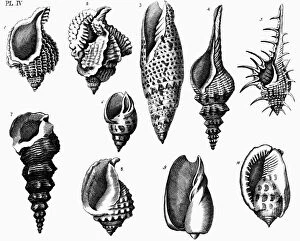Conch Collection (page 5)
"Exploring the Mysteries of the Conch: From Scandinavian Girls to Tropical Reefs" Intriguing and diverse
All Professionally Made to Order for Quick Shipping
"Exploring the Mysteries of the Conch: From Scandinavian Girls to Tropical Reefs" Intriguing and diverse, the conch shell has captivated cultures around the world for centuries. Just like a Northern Scandinavian girl delicately holding a bouquet of flowers in a stone niche, this fascinating marine creature holds its own secrets within. Dating back to 1618, Ambrosius Boss's masterpiece "Gunbai and Horagai - Japan" showcases how conchs were revered as musical instruments by different civilizations. These shells were not only used for their enchanting melodies but also played an important role in ceremonies and rituals. Venturing into tropical waters, we discover a small aggregation of queen conch off Cat Island in the Bahamas. This majestic species, known scientifically as Lobatus gigas, is celebrated for its vibrant colors and intricate patterns. Witnessing these creatures laying eggs in Exuma Cays Land and Sea Park reveals their dedication to ensuring future generations thrive. As we observe a queen conch extending its proboscis and stalked eyes while gracefully moving through seagrass meadows, it becomes evident that these creatures possess remarkable adaptability. In harmony with their surroundings, they coexist with other marine life such as algae-feeding juvenile fish or even Chiragra spider conchs found amidst diverse tropical reefs like Tulamben. The historical significance of conchs cannot be overlooked either. A glimpse into the past takes us to Helgoland, Germany where fishermen are seen catching oysters in 1892. This image serves as a reminder that throughout history, humans have relied on these shells not only for sustenance but also economic purposes. From ancient times to modern-day appreciation, the allure of the conch continues unabated. Whether it's being transformed into exquisite jewelry or cherished as decorative pieces symbolizing prosperity and good luck – just like those treasured by negro slaves – these shells hold immense cultural value.


